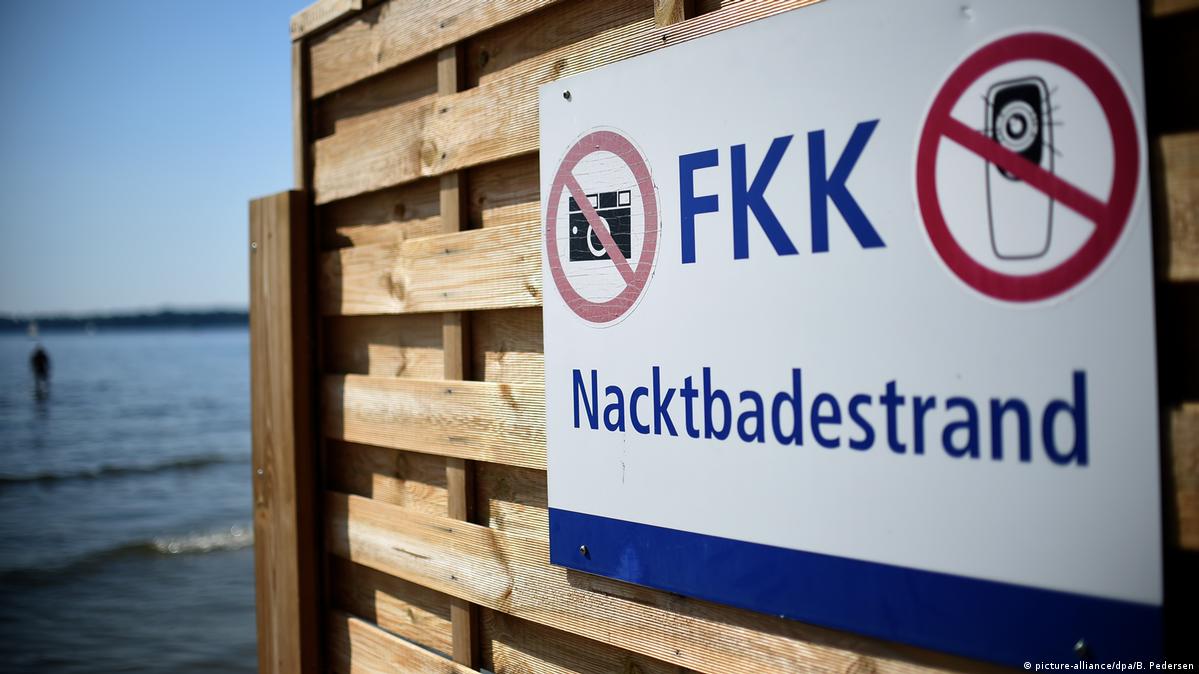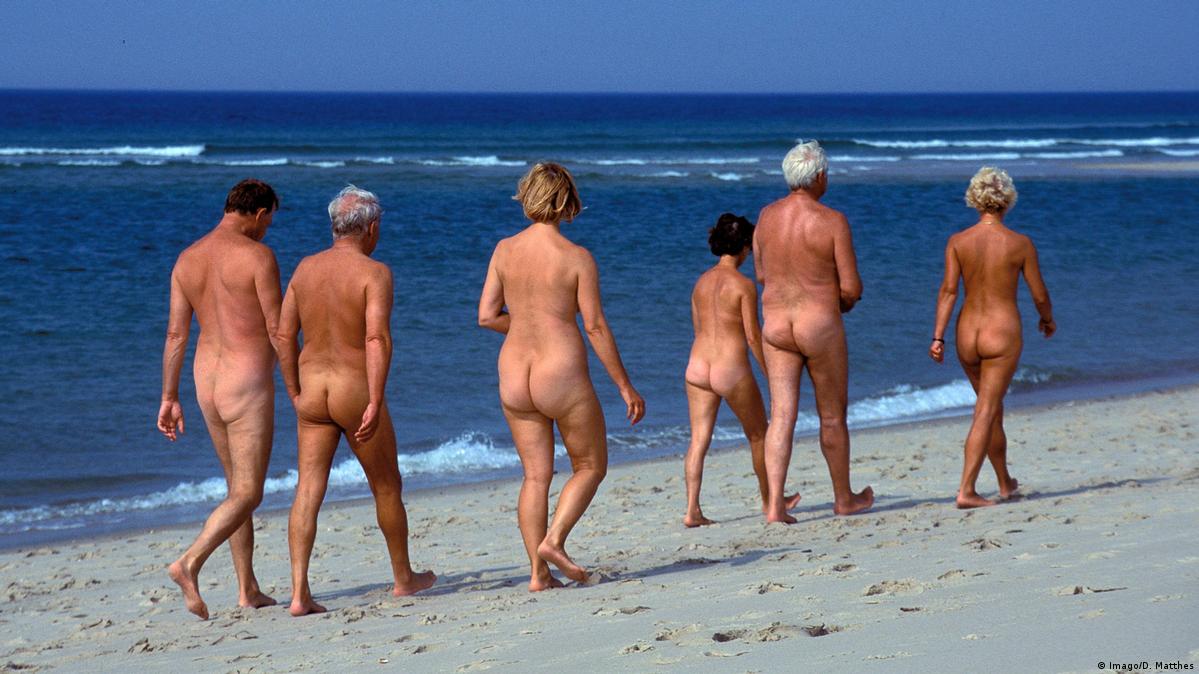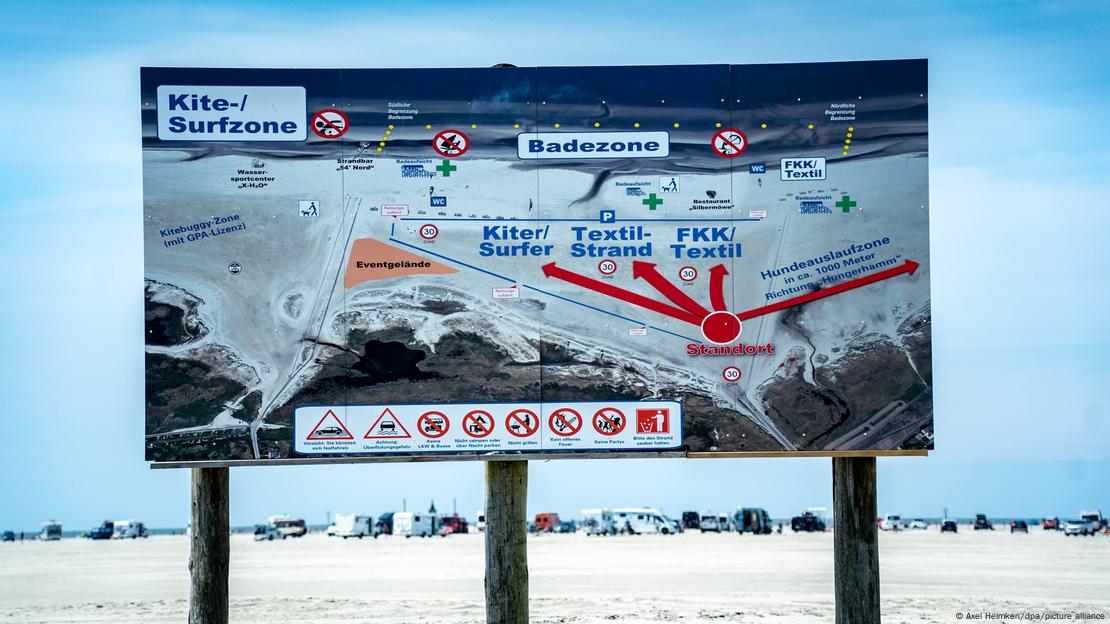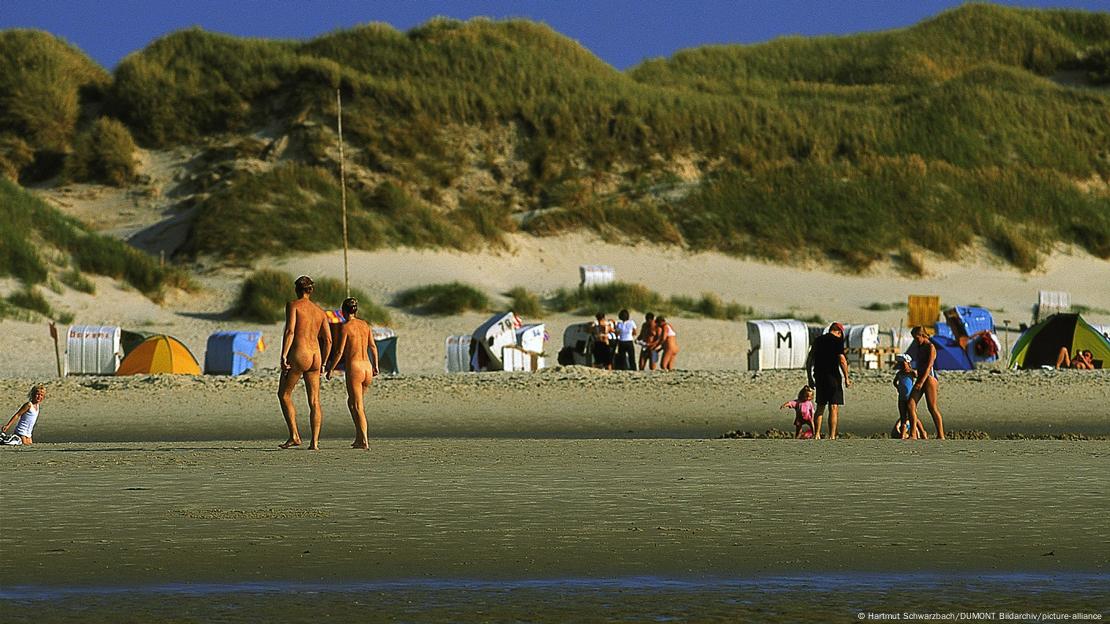A paper-aluminum combo for strong, sustainable packaging
American Chemical Society
image:
By replacing plastic with paper, researchers have created a sustainable aluminum-backed packaging material prototype, shown here, that doesn’t compromise on performance.
view moreCredit: Hamed Zarei
Takeout containers get your favorite noodles from the restaurant to your dining table (or couch) without incident, but they are nearly impossible to recycle if they are made from foil-lined plastics. Research published in ACS Omega suggests that replacing the plastic layer with paper could create a more sustainable packaging material. The researchers used mechanical demonstrations and computer simulations to identify paper-aluminum laminate designs that won’t compromise on performance.
Protective packaging, like containers made from polyethylene and aluminum laminates, combines the strength and durability of plastic with the moisture- and light-blocking properties of aluminum foil. While these materials are effective, there’s been a shift toward consumers desiring less plastic and more environmentally friendly materials in the packaging that comes into their homes. To create such an option for protective packaging without sacrificing functionality, Hamed Zarei and colleagues designed a variety of paper-aluminum laminates and compared their strength and durability to common polyethylene-aluminum packaging.
First, Zarei’s team manufactured two paper-aluminum laminates:
- A machine-direction (MD) laminate made from aluminum and paper with fibers that run parallel to the direction of machine loading (with the grain).
- A cross-direction (CD) laminate made from aluminum and paper with fibers that run perpendicular to the direction of machine loading (against the grain).
The researchers then compared the tensile strength of MD and CD paper-aluminum laminates to polyethylene-aluminum laminate by stretching samples of each material with gradually increasing force on laboratory machines. They also created a digital model, verified with their tensile strength data, that could replicate these laminate stretching tests and reliably predict the material’s response under different scenarios.
In tensile strength tests, the polyethylene-aluminum laminate could be stretched further without breaking than both paper-aluminum laminates. And of the two paper-containing materials, the one made from MD paper could be stretched further but formed cracks along the paper’s grain faster than the CD paper. By running simulations of the MD, CD and a mixed MD/CD paper on their digital model, the researchers predicted that an aluminum film paired with a paper layer made from both MD and CD fibers would result in mechanical properties nearly identical to conventional polyethylene-aluminum laminate.
While they haven’t yet created the MD/CD paper-aluminum laminate in the lab, the researchers say this study provides packaging engineers with information to create sustainable materials that could perform like conventional options.
The authors acknowledge funding from the Tuscany Region Development and Cohesion Fund.
###
The American Chemical Society (ACS) is a nonprofit organization chartered by the U.S. Congress. ACS’ mission is to advance the broader chemistry enterprise and its practitioners for the benefit of Earth and all its people. The Society is a global leader in promoting excellence in science education and providing access to chemistry-related information and research through its multiple research solutions, peer-reviewed journals, scientific conferences, e-books and weekly news periodical Chemical & Engineering News. ACS journals are among the most cited, most trusted and most read within the scientific literature; however, ACS itself does not conduct chemical research. As a leader in scientific information solutions, its CAS division partners with global innovators to accelerate breakthroughs by curating, connecting and analyzing the world’s scientific knowledge. ACS’ main offices are in Washington, D.C., and Columbus, Ohio.
Registered journalists can subscribe to the ACS journalist news portal on EurekAlert! to access embargoed and public science press releases. For media inquiries, contact newsroom@acs.org.
Note: ACS does not conduct research but publishes and publicizes peer-reviewed scientific studies.
Follow us: X, formerly Twitter | Facebook | LinkedIn | Instagram
Journal
ACS Omega
Article Title
“Digital Twin Model of Paper−Aluminum Laminates for Sustainable Packaging”












